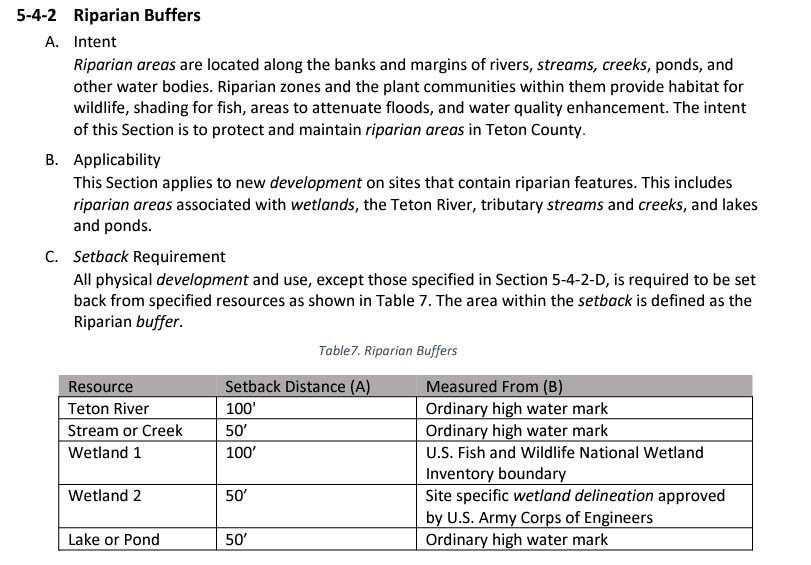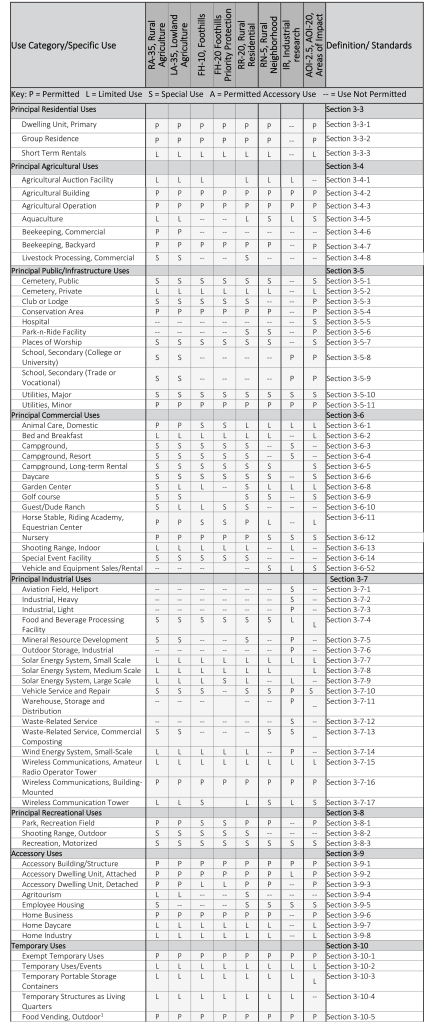A workshop has been underway to redline several items in the Teton County Land Development Code (LDC). This review and workshop is ongoing, stay tuned. Please note that much of the information below is an interpretation of the March 12th Planning and Zoning meeting, always verify information with Teton County, Idaho and the most recently published Land Development Code. Just because items below are listed, does not mean that they will be amended. Items that were redlined in the review document (linked here) are in BOLD below.
Teton County has noticed grammatical errors in general errors from public and county staff. Two work sessions were held to review those items with the planning and zoning commission in January 2024 and the county commissioners in March of 2024.
– inaccurate numbers and citations
– table revisions edits in clarifications
– confusion as to when permits are needed
– beekeeping
– ADUs including ADUs in the IR zone (When the new land development code was passed a previous amendment was missed allowing up to two attached ADUs in the IR zone district
– application procedures, land division review and short plat errors
– scenic overlay changes
Notes on the most discussed topics are listed below.
Setbacks
A red line was made with respect to uncovered or unenclosed porches or debts awnings etc that may extend into a required front or side setback up to 2 ft or up to 6 ft into a rear setback. Previously unclosed patios, decks, balconies, porches and so forth were able to encroach into a side or rear setback up to 10 ft. This is likely to avoid issues relative to properties with small setbacks.
Beekeeping
Commercial beekeeping is now defined as 16 hives or larger and discussion about not requiring commercial permits for fewer than 16 hives. Further clarification on what defines a hive (a box, or a stack) was recommended.
Campgrounds
Campgrounds were further defined as campsites with individual water, sure, and or electrical hookups for 2 to 60 tents, recreational vehicles, cabin sites, or travel trailers.
Accessory Dwelling Unit, Attached
Redlines were added in the IR Zone district to accommodate two attached units as an ADU, a code update previously approved prior to the new code, but not included in the final revision to the new code, an inadvertent oversight. The maximum size of the ADU shall not exceed 1500 ft² for either one or two units. The applicant will need to provide verification of wastewater treatment system based on Teton counties septic capacity evaluation form. Applicant is responsible for any fees associated with reviews. ADUs may not be short-term rented in the IR Zone district.
Employee Housing
A controversial element suggested in the code was that the number of employees per unit shall not exceed the number of bedrooms. Planning and zoning commissioners argued that this standard should be limited by fire code requirements or square footage requirements by other entities. *This seemed to be of the greatest concern for the planning and zoning board. Discussion was made to strike this and revert to the septic capacity limits.
Application Subject to Final Decision by the Administrator
As noted below, Scenic Corridor Reviews was added to the list of items that may be at the discretion of the Administrator, more on this is reviewed below.
Temporary Uses
Limited Uses
Agricultural Land Divisions
Sign Permits
Scenic Corridor Reviews
Boundary Line Adjustments, and
Modifications to a Temporary Use
Temporary Uses – Expiration and Revocation
Temporary use permits may not be used in place of a special use permit for an ongoing use – effectively limiting anything more than 180s consecutive days to a special use permit.
Short Plat Land Divisions
The review procedures for the short plat land division process were changed
Preliminary Plat Review
A review criteria was added stating impacts presented from any studies requested related to natural resource overlays, economic impacts, or traffic studies.
Expiration
The application for final plat must be submitted within (previously 36) 24 months of the date of the BOCC’s final decision on the preliminary plat.
Floodplain
Floodplain requirements were amended to be aligned more closely with FEMA requirements.
Grading and Drainage
Amendments were made to the grading and drainage section to add requirements but also intended to reduce the number of permits for special work running through the county. Concern about existing code language including requirements for grading and drainage permits when driveways are elevated more than 6” from existing grade were questioned by the Planning and Zoning Commissioners. Development of an agricultural exempt building, as determined by the building official may now require a grading and drainage permit was also in question.
Riparian Buffers – General Development Standards
Additional language was added to general development standards for any development activity within riparian buffers.
Wildfire Hazard Areas
Small modifications to fuel brakes were discussed and Planning and Zoning Commissioners suggested professional opinions before implementing further changes.
Scenic Resource Protection
*This was an important aspect of my consideration based on special requirements for those close to scenic corridors including State Highways and Ski Hill Road. A general statement was added in applicability that Permits to develop within the scenic corridor may be approved administratively if all development standards are met. At the discretion of the planning administrator, any applications that do not fully meet the standards will require a public meeting to review the application and the planning and zoning commission who will act as the decision-making body.
Submittals
Additional submittals in the section were added for site plans, applications, including the latest recorded deed to a property, affidavits of legal interest if applicable, and landscaping plan including height of landscaping and plant species.
Summary
The Planning and Zoning moved to recommend approval with conditions with a condition to strike the redline limit on employee housing occupancy and continue discussions on defensible space and grading and erosion.




